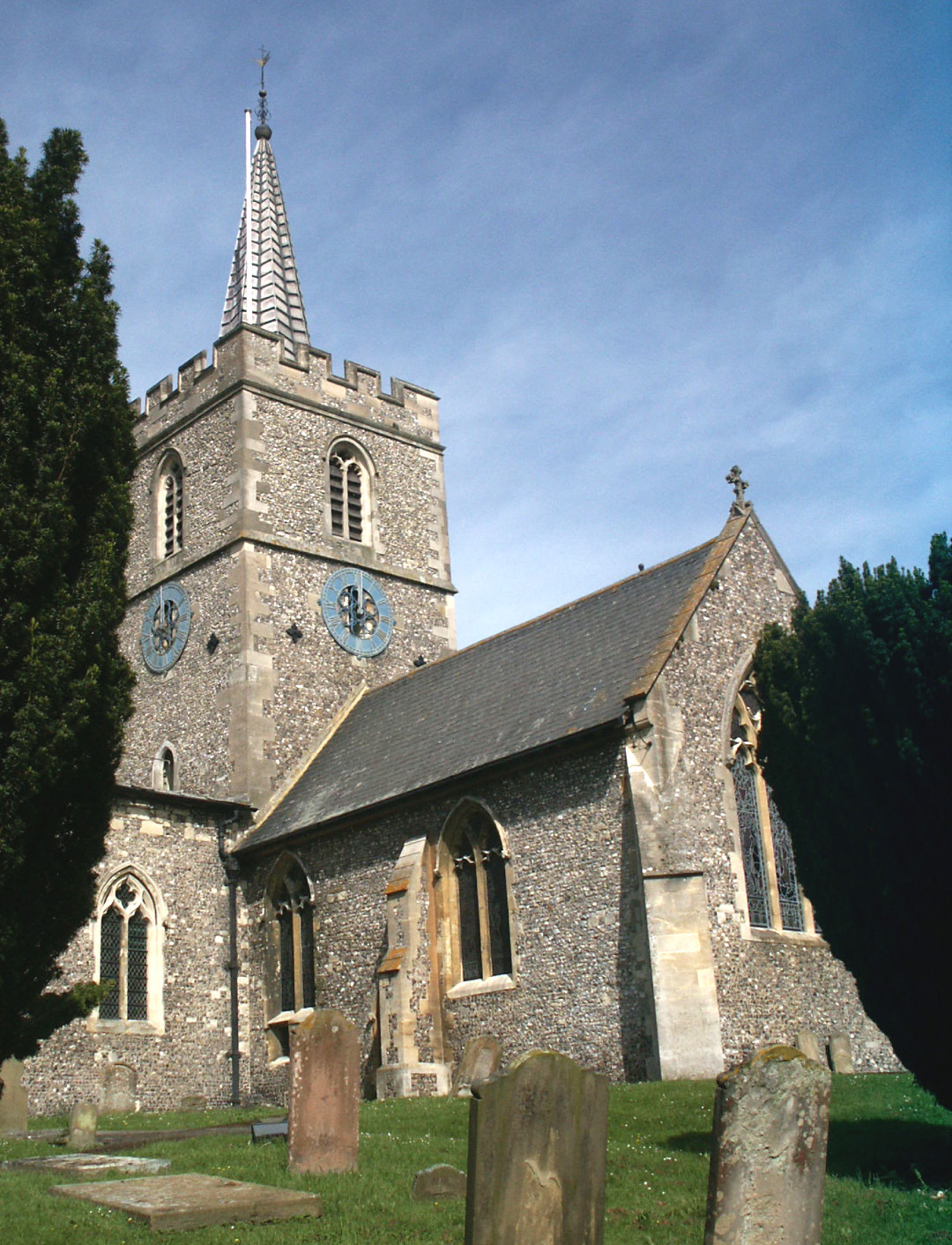|
Amersham Martyrs Memorial
The Amersham Martyrs Memorial is a memorial to Protestant martyrs in Amersham, Buckinghamshire. It was established in 1931 by The Protestant Alliance. The memorial was unveiled by a Mrs L. R. Raine, a direct descendant of martyr Thomas Harding, who is commemorated on the memorial. It is located near the Rectory or Parsonage Woods opposite Ruccles Field. Access is from a footpath from or a separate footpath from Station Road. The memorial commemorates the deaths of seven local Protestant martyrs and Lollards (six men and one woman) who were burnt at the stake in 1506 and 1521. It also commemorates the deaths of three Amersham men who were burned elsewhere including Great Missenden, Smithfield, and Chesham Chesham (, , or ) is a market town and civil parish in Buckinghamshire Buckinghamshire (), abbreviated Bucks, is a ceremonial county in South East England that borders Greater London to the south-east, Berkshire to the south, Oxfordsh ... between 1506 and 1532, as ... [...More Info...] [...Related Items...] OR: [Wikipedia] [Google] [Baidu] |
Chesham
Chesham (, , or ) is a market town and civil parish in Buckinghamshire Buckinghamshire (), abbreviated Bucks, is a ceremonial county in South East England that borders Greater London to the south-east, Berkshire to the south, Oxfordshire to the west, Northamptonshire to the north, Bedfordshire to the north-ea ..., England, south-east of the county town of Aylesbury, north-west of Charing Cross, central London, and part of the London metropolitan area, London commuter belt. It is in the River Chess, Chess Valley, surrounded by farmland. The earliest records of Chesham as a settlement are from the second half of the 10th century, although there is archaeological evidence of people in this area from around 8000 BC. Henry III of England, Henry III granted a royal charter for a weekly market in 1257. Chesham is known for its ''four Bs'' boots, beer, brushes and Baptists. In the face of fierce competition from both home and abroad during the later 19th and early 20th cent ... [...More Info...] [...Related Items...] OR: [Wikipedia] [Google] [Baidu] |
Monuments And Memorials In Buckinghamshire
A monument is a type of structure that was explicitly created to commemorate a person or event, or which has become relevant to a social group as a part of their remembrance of historic times or cultural heritage, due to its artistic, historical, political, technical or architectural importance. Some of the first monuments were dolmens or menhirs, megalithic constructions built for religious or funerary purposes. Examples of monuments include statues, (war) memorials, historical buildings, archaeological sites, and cultural assets. If there is a public interest in its preservation, a monument can for example be listed as a UNESCO World Heritage Site. Etymology It is believed that the origin of the word "monument" comes from the Greek ''mnemosynon'' and the Latin ''moneo'', ''monere'', which means 'to remind', 'to advise' or 'to warn', however, it is also believed that the word monument originates from an Albanian word 'mani men' which in Albanian language means 'remember ... [...More Info...] [...Related Items...] OR: [Wikipedia] [Google] [Baidu] |
Lollard Martyrs
Lollardy, also known as Lollardism or the Lollard movement, was a proto-Protestantism, proto-Protestant Christianity, Christian religious movement that existed from the mid-14th century until the 16th-century English Reformation. It was initially led by John Wycliffe, a Catholic Church, Catholic theologian who was dismissed from the University of Oxford in 1381 for criticism of the Roman Catholic Church. The Lollards' demands were primarily for reform of Western Christianity. They formulated their beliefs in the Twelve Conclusions of the Lollards. Etymology ''Lollard'', ''Lollardi'', or ''Loller'' was the popular derogatory nickname given to those without an academic background, educated (if at all) only in English language, English, who were reputed to follow the teachings of John Wycliffe in particular, and were certainly considerably energized by the translation of the Bible into the English language. By the mid-15th century, "lollard" had come to mean a heresy, heretic in ... [...More Info...] [...Related Items...] OR: [Wikipedia] [Google] [Baidu] |
Cultural Infrastructure Completed In 1931
Culture () is an umbrella term which encompasses the social behavior, institutions, and norms found in human societies, as well as the knowledge, beliefs, arts, laws, customs, capabilities, and habits of the individuals in these groups.Tylor, Edward. (1871). Primitive Culture. Vol 1. New York: J.P. Putnam's Son Culture is often originated from or attributed to a specific region or location. Humans acquire culture through the learning processes of enculturation and socialization, which is shown by the diversity of cultures across societies. A cultural norm codifies acceptable conduct in society; it serves as a guideline for behavior, dress, language, and demeanor in a situation, which serves as a template for expectations in a social group. Accepting only a monoculture in a social group can bear risks, just as a single species can wither in the face of environmental change, for lack of functional responses to the change. Thus in military culture, valor is counted a typical be ... [...More Info...] [...Related Items...] OR: [Wikipedia] [Google] [Baidu] |



